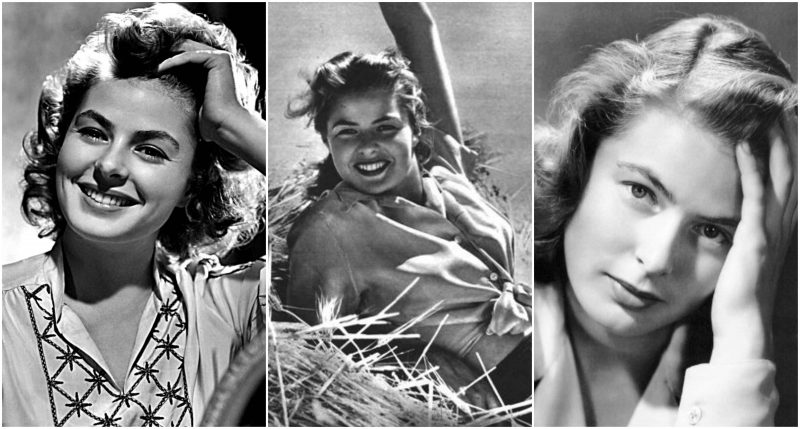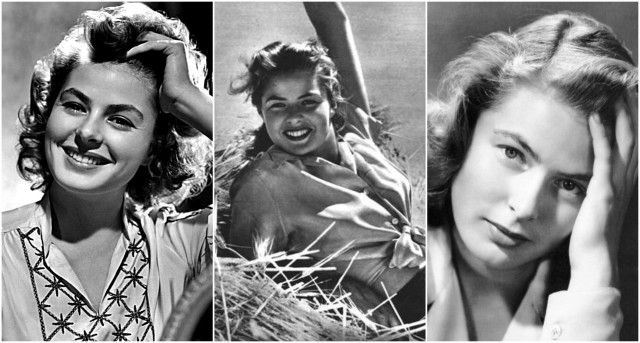
“There was a time in the early and mid-1940s when Bergman commanded a kind of love in America that has been hardly ever matched. In turn, it was the strength of that affection that animated the “scandal” when she behaved like an impetuous and ambitious actress instead of a saint.”
Film historian David Thomson
Before becoming a star in American films, Ingrid Bergman had been a leading actress in Swedish films. Her introduction to American audiences came with her starring role in the English-language remake of Intermezzo (1939). At her insistence, producer David O. Selznick agreed not to sign her to a contract – for four films rather than the then-standard seven-year period, also at her insistence – until after Intermezzo had been released.
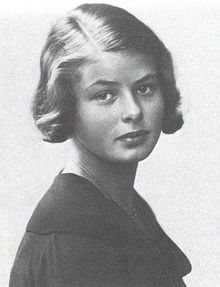
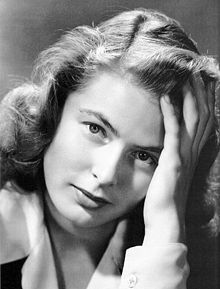
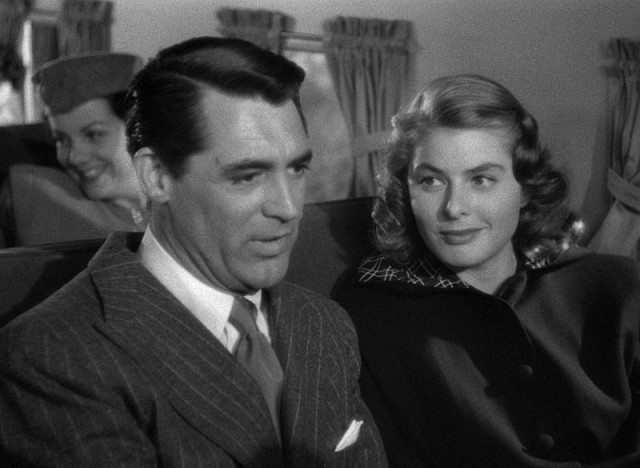
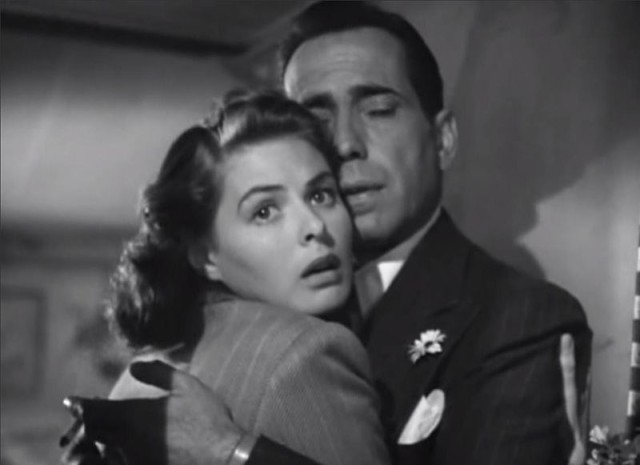
At her insistence, producer David O. Selznick agreed not to sign her to a contract – for four films rather than the then-standard seven-year period, also at her insistence – until after Intermezzo had been released.
Selznick’s financial problems meant that Bergman was often loaned to other studios. Apart from Casablanca, her performances from this period include Victor Fleming’s remake of Dr. Jekyll and Mr. Hyde (1941), For Whom the Bell Tolls (1943), Gaslight (1944), and The Bells of St. Mary’s (1945). Her last films for Selznick were Alfred Hitchcock’s Spellbound (1945) and Notorious (1946). Her final film for Hitchcock was Under Capricorn (1949).
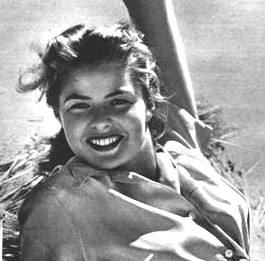
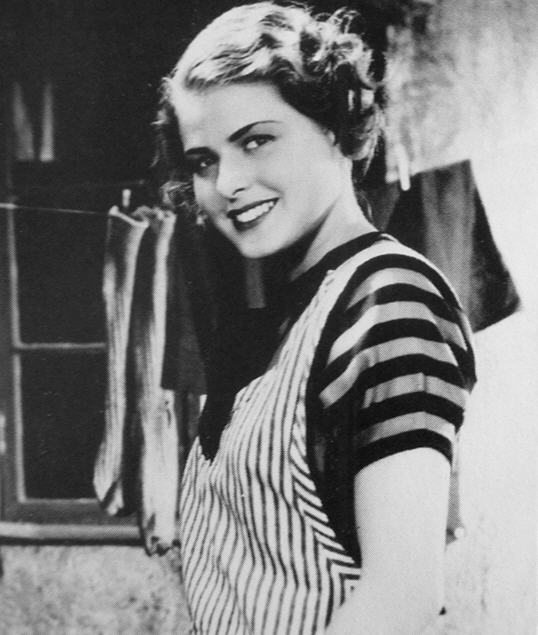

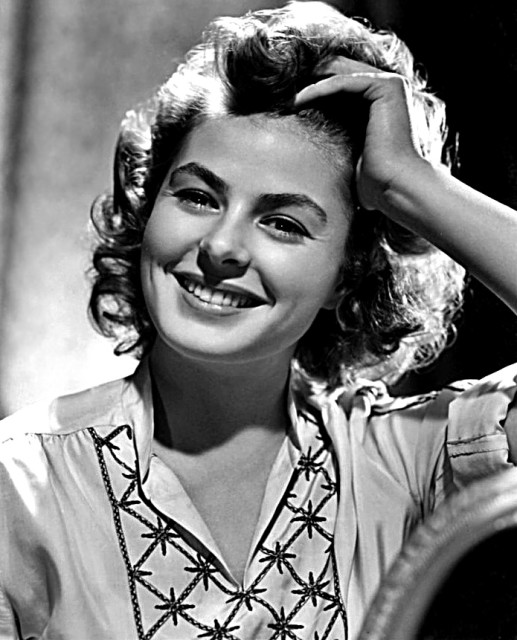
After a decade in American films, she starred in Roberto Rossellini’s Stromboli (1950), following the revelation that she was having an extramarital affair with the director. The affair and then marriage with Rossellini created a scandal in the US that forced her to remain in Europe for several years, when she made a successful Hollywood return in Anastasia (1956), for which she won her second Academy Award. Many of her personal and film documents can be seen in the Wesleyan University Cinema Archives.
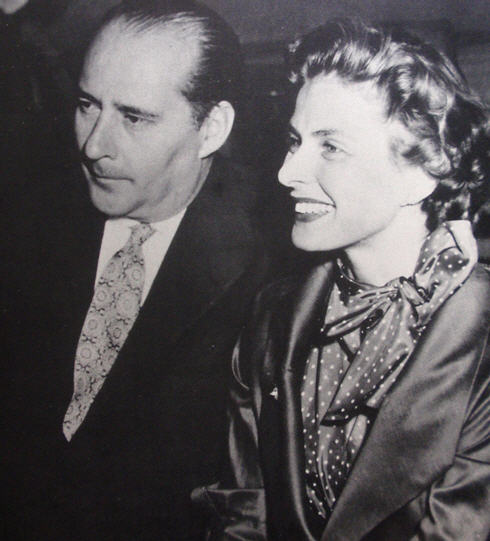
She continued her acting career while suffering from cancer for eight years, and won international honors for her final roles. “Her spirit triumphed with remarkable grace and courage,” adds Spoto. Director George Cukor once summed up her contributions to the film media when he said to her, “Do you know what I especially love about you, Ingrid, my dear? I can sum it up as your naturalness. The camera loves your beauty, your acting, and your individuality. A star must have individuality. It makes you a great star. A great star.”
Bergman died in 1982 on her 67th birthday in London, of breast cancer. Her body was cremated at Kensal Green Cemetery, London, and her ashes taken to Sweden. Most of them were scattered in the sea around the islet of Dannholmen off the fishing village of Fjällbacka in Bohuslän, on the west coast of Sweden, where she spent most of the summers from 1958 until her death in 1982.
